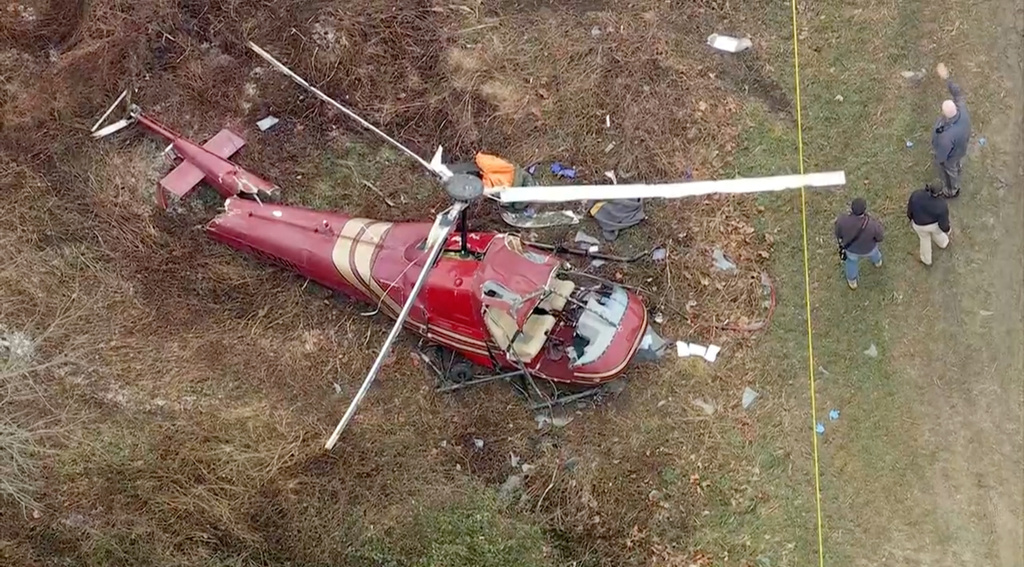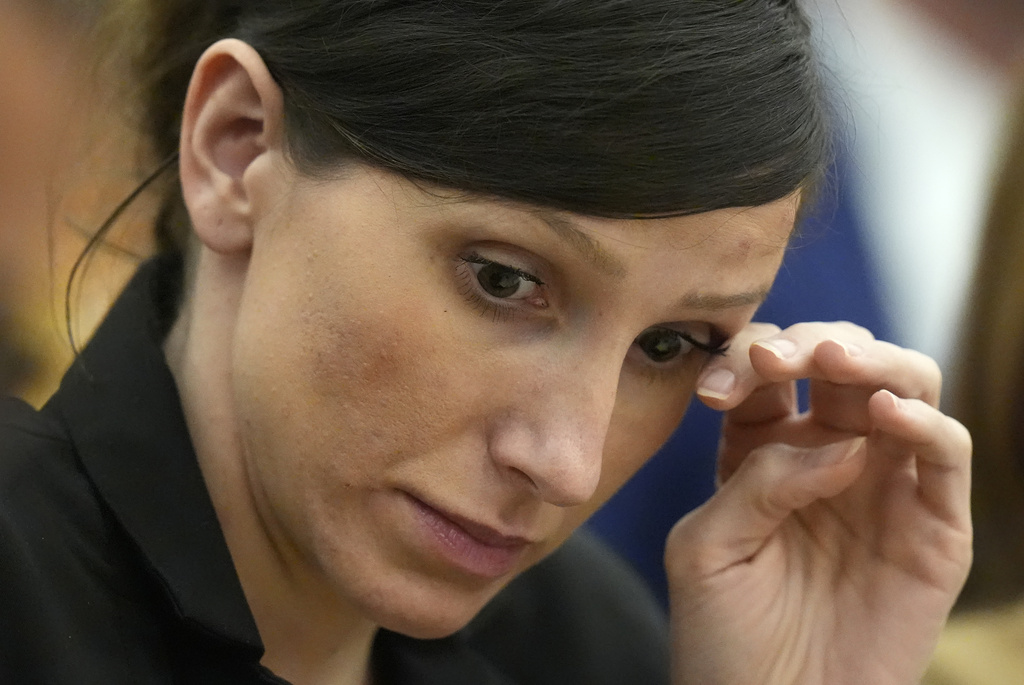Democratic Rep. Sheila Cherfilus-McCormick of Florida says it was the quick, trained response and application of an AED that got NFL player Damar Hamlin’s heart going again after a cardiac arrest.
"I just want to make sure everybody knows that what happened to Damar Hamlin — it was not a miracle. Right? It was process and procedures that allowed him to be resuscitated," Cherfilus-McCormick said.
She believes kids and athletes at U.S. schools deserve the same kind of life-saving care, but she says what a Scripps News investigation discovered should be a wake up call for America.
In an astounding 40% of cardiac arrests we examined in U.S. schools over the last three years, life-saving AEDs went unused in the precious minutes before emergency crews arrived. In some cases, children are dying.
Scripps News Senior National Investigative Correspondent Mark Greenblatt asked the Congresswoman, "Is it fair to say that this reporting will make it into your efforts to to push this legislation forward?"
"Definitely," she said.
She is now drafting legislation she plans to introduce later this month to help provide something many schools without AEDs need — money.
"What our bill does is create a grant program for schools to apply so every school can have an AED, public schools, private schools, just to make sure that all of our children have a chance to be saved just in case they have cardiac arrest," Cherfilus-McCormick said.
She says her forthcoming bill will also require schools that get the grants implement a comprehensive training program for cardiac emergencies, to ensure the AEDs can actually be used.
Scripps News found that only five states in America have laws requiring schools have some kind of AED drill. Cherfilus-McCormick said that's one of the reasons why Congress needs to act.

An AED saved Damar Hamlin's life, but is your child's school ready?
A Scripps News investigation found though your school may have the equipment it needs to save a life, don’t count on staff to be ready to use it.
"That's where the federal government steps in," she said. "This is as serious as having a gun shooting drill, a fire drill."
The Congresswoman pledged there will be something on AED drills, in particular, that will be added to her bill.
She said the case of a 16-year-old high schooler, whose story Scripps News featured, underscored the need for schools to practice using AEDs once they have them.
"There was a little boy in Kentucky who recently passed away and he had cardiac arrest," Cherfilus-McCormick. "The school actually did have an AED."
Matthew Mangine Jr. dropped to the ground during a soccer practice in 2020, in sudden cardiac arrest. His father, Matt Mangine, said an AED was just 250 feet away, but no one ever grabbed it.
"There were five AEDs at the school that night and one wasn't brought to him," Matt Mangine said.
Four out of five teens die when sudden cardiac arrest happens outside of a hospital, according to the Journal of the American Heart Association. But it does not have to be that way. Applying an AED within three to five minutes of a cardiac arrest, or sooner, can mean the difference between life and death.
Having a cardiac emergency plan and rehearsing that plan is key when minutes are critical, said Dr. Jonathan Drezner, the director of the Center for Sports Cardiology at the University of Washington School of Medicine.
"Sometimes schools will get an AED and they'll forget about it," said Drezner, who also serves as team physician for the University of Washington Huskies and the NFL's Seattle Seahawks.
Based on his research of about 2000 high schools across the U.S., Drezner says one in 73 can expect a cardiac arrest every year.
"Bystanders respond to cardiac arrest all the time and save lives. But it requires some review on an annual basis. What does cardiac arrest look like? Where is the AED? How do I use it?" Drezner said.
"What we're trying to do, is bridge the gap between having the actual mechanisms, present and also having the training," Cherfilus-McCormick said.
Republican Rep. Bill Posey of Florida will co-sponsor the legislation, saying in statement, "making more AEDs and lifesaving training available to schools ultimately helps increase the chance of survival for kids... and that’s what we are working to do."
Cherfilus-McCormick said the final wording on her bill is being hammered out, but says it is gaining momentum even before it is introduced.
"We have support from the American Heart Association and also the NFL on this bill. I think everyone's on board," she said.
More organizations are endorsing the legislation, according to the Congresswoman's office, including the National Athletic Trainers' Association and National Alliance for Youth Sports.
The American Academy of Pediatrics recommends all children, including non-athletes, be screened at least every three years for heart conditions that could lead to cardiac arrests. For more information about what to discuss with your child's pediatrician, click here.
You can email Mark.Greenblatt@Scripps.com and Carrie.Cochran@Scripps.com with questions about this story or other tips for a new investigation.

Drones are being tested to deliver AEDs to cardiac arrest emergencies
Sweden is one of the first places to develop an AED drone delivery program, and over the span of four months, they made 11 deliveries.











